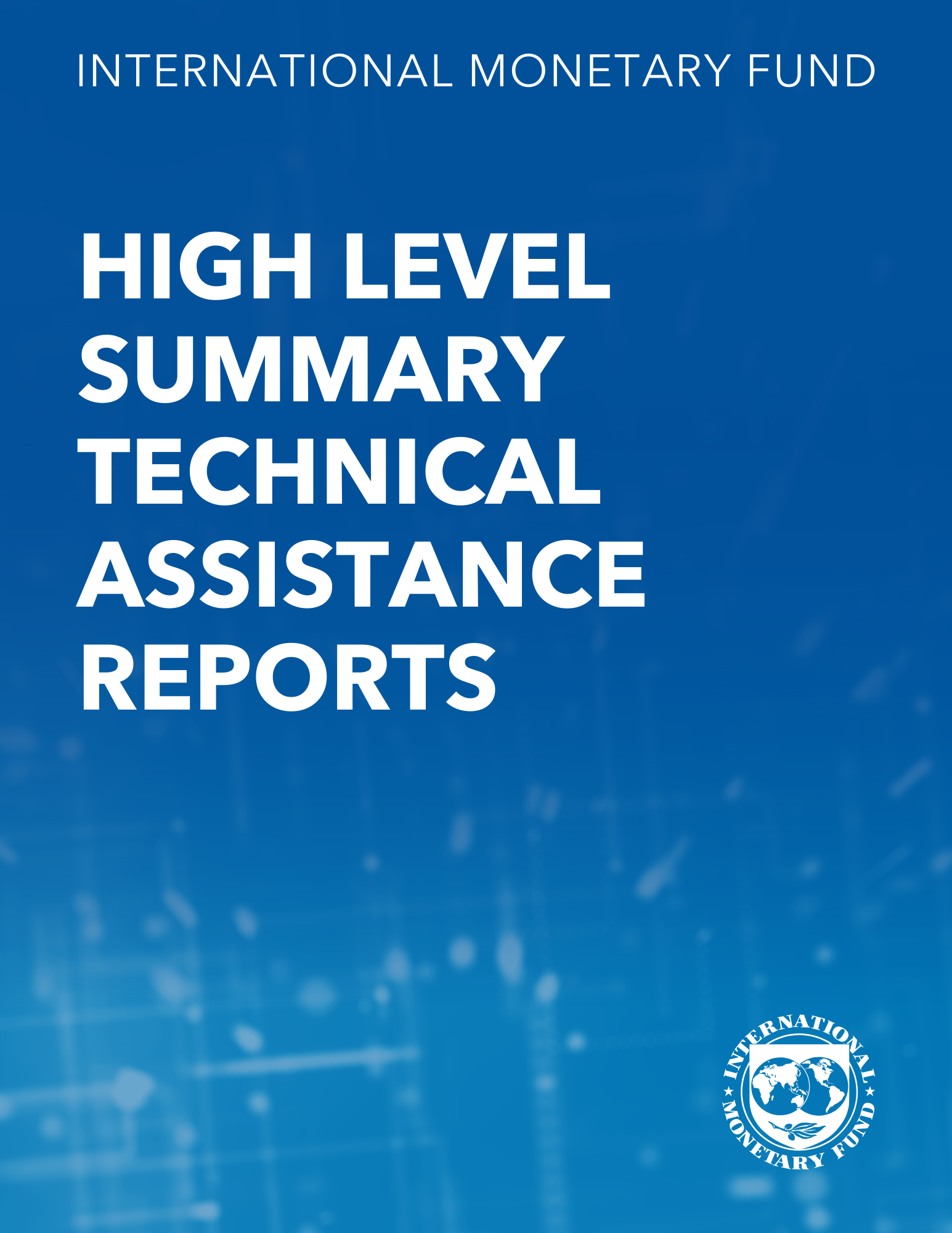Financial De-Dollarization: A Global Perspective and the Peruvian Experience
April 26, 2016
Disclaimer: This Working Paper should not be reported as representing the views of the IMF.The views expressed in this Working Paper are those of the author(s) and do not necessarily represent those of the IMF or IMF policy. Working Papers describe research in progress by the author(s) and are published to elicit comments and to further debate
Summary
We re-appraise the cross-country evidence on the dollarization of financial systems in emerging market economies. Amidst striking heterogeneity of patterns across regions, we identify a broad global trend towards financial sector de-dollarization from the early 2000s to the eve of the global financial crisis of 2008–09. Since then, de-dollarization has broadly stalled or even reversed in many economies. Yet a few of them have continued to de-dollarize. This suggests that domestic factors are also important and interact with global factors. To gain insight into such an interaction, we examine the experience of Peru since the early 1990s and find that low global interest rates, low global risk-aversion, and high commodity prices have fostered de-dollarization. Domestic macro-prudential measures that raise the relative cost of domestic dollar loans and the introduction and adherence to inflation targeting have also been key.
Subject: Currencies, De-dollarization, Dollarization, Emerging and frontier financial markets, Financial institutions, Financial markets, Loans, Monetary policy, Money
Keywords: asset dollarization, Currencies, Currency Substitution, De-dollarization, dollar, Dollarization, dollarization dataset, dollarization irreversibility, dollarization persistence, dollarization ratio, Emerging and frontier financial markets, emerging market, Emerging Markets, Europe, financial dollarization, Global, loan, Loans, Monetary Policy, WP
Pages:
25
Volume:
2016
DOI:
---
Issue:
097
Series:
Working Paper No. 2016/097
Stock No:
WPIEA2016097
ISBN:
9781484341377
ISSN:
1018-5941






